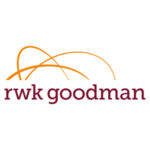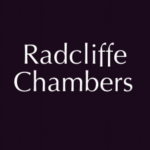Continue reading "Proprietary estoppel: Reap what you sow?"
Proprietary estoppel: Reap what you sow?


Continue reading "Proprietary estoppel: Reap what you sow?"

Continue reading "Proprietary estoppel: Where there’s muck there’s brass"

Continue reading "Proprietary estoppel: A principled approach to the facts"
The deceased was a self-made man who had operated a farming business and a haulage company in partnership with his wife (the third defendant) and his son (the claimant). Over the course of his life, he purchased a number of parcels of agricultural land in Dorset. In 2007 he gave two of these parcels to one of his daughters (the first defendant). In 2009 the partnership dissolved, and the deceased transferred one of the parcels to himself and the third defendant to hold jointly. At the same time the claimant was given one of the parcels and the haulage business.
The deceased died i...
The appellant appealed a decision regarding the enforceability of an agreement to sell a piece of land through proprietary estoppel and constructive trust notwithstanding the absence of a written contract.
F, a property developer, was the moving spirit of the appellant (M). In 2002, F began negotiations with G for the purchase of a plot of land (the land) and a meadow (the meadow). F intended to divide the land into two plots. Plot 1 and plot 2 would be sold separately. G did not want to sell until he had planning permission, which was granted in 2003.
By late 2003, a ‘comm...

Continue reading "Proprietary Estoppel: Down on the farm"
Tegwyn and Mary Davies purchased a dairy farm known as Henllan in West Wales in 1972. It comprised a farmhouse, an attached cottage, outbuildings, and 182 acres of land. It was farmed with a nearby farm also owned by them known as Caeremlyn which they had purchased in 1961 (together ‘the farm’). The respondent, Eirian was one of their three daughters. By 1989, she was the only child left at the farm. She had a passionate interest in pedigree milking cows which was the main business of the farm, and it was by this stage clear that she was the only possible candidate to take it over. In th...
B had been involved in litigation against A and the AP family (the litigation) from which he potentially stood to recover large sums of money. The claimant, G, was B’s long-term partner. In March 2012 the litigation deed was drawn up to reflect agreement between B and G regarding G’s entitlement to B’s assets (including the litigation). B subsequently lost his case against A and entered into settlement discussions with the AP family. The litigation agreement was a further document signed in September 2012 to reflect an agreement between B and G concerning her entitlement to any sums from...